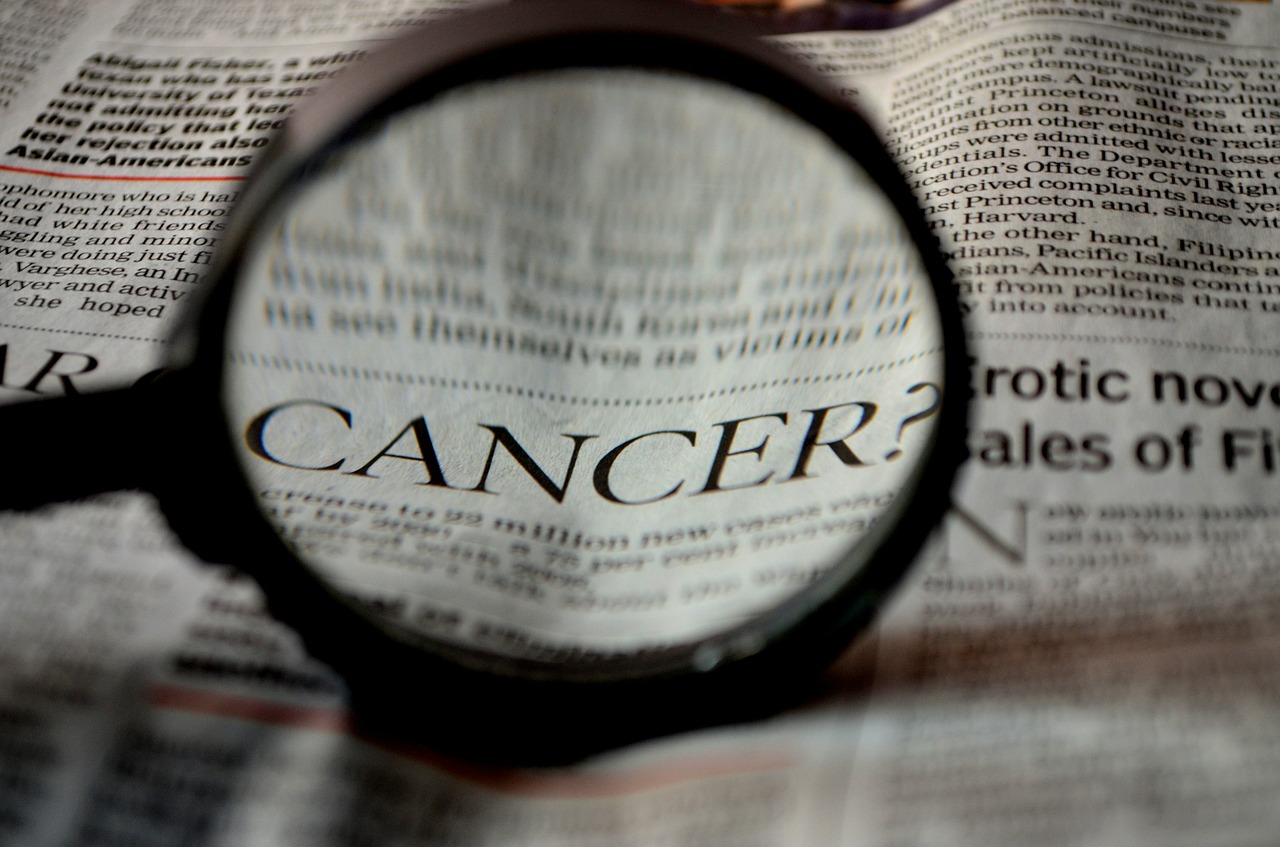It’s customary for professional massage therapists to take detailed health histories of their clients. However, what if a new client lists cancer as a past or present part of his/her health history?
Many massage schools teach that cancer is a contraindication for massage. Over the years, that thought has evolved and become revised due to new research studies and educational workshops.
Is Massage for Cancer Patients Risky?
As of this writing, there is no evidence showing that massage is unsafe for oncology clients or that it will spread cancer cells. So, the answer to the question: Is massage safe for cancer patients? The answer is “Yes.”
However, it is not so cut and dry. The therapist must become a detective and ask crucial client questions about cancer history, such as:
- time of diagnosis (past or present)
- type of cancer
- location of cancer
- stage of cancer
- risk of DVTs
- treatments received
Massage and Cancer Contraindications

There are many other factors, but these are the most important. The answers will determine the amount of pressure that the client can receive, any positional restrictions, and any special bolstering procedures.
The massage therapist must not work directly on a cancer site unless the client has something like skin or breast cancer (even though therapists do not directly massage the breasts, it is essential not to disturb the chest tissue).
Also, in the case of a client whose cancer affects a vital organ, the pressure should never increase circulation.
Another issue that coincides with oncology massage is lymphedema. When lymph nodes are removed or damaged by cancer, treatments, or swelling can result in certain body areas.
If the person has a history of lymphedema, it is best not to work that area of the body as this requires specialized training.
The Most Important Takeaway
Oncology massage is not a cookie-cutter approach, although no massage treatment is. The treatment must be tailored to each client, even more so.
As massage therapists, we agree to “Do No Harm.” You must be comfortable explaining to a client why you might avoid a specific area or why you’re using less pressure.
There may be pushback from the client, so be prepared to hold your ground and explain your decision in calm, direct, and basic terminology. You and your client must be on the same page.
Oncology Massage Training
Keep in mind, and these are some basic rules of thumb for a therapist who may not know about a client’s cancer history until the moment of the appointment. Taking a professional certification or enrolling in an online course is highly recommended to understand oncology massage and lymphedema basics.
Some instructors will even provide specialized oncology massage intake forms that make it easier to know the right questions to ask. Many highly trained therapists offer such classes either online or in person.
For more information about oncology massage, research and training, visit the Society For Oncology Massage Website.


